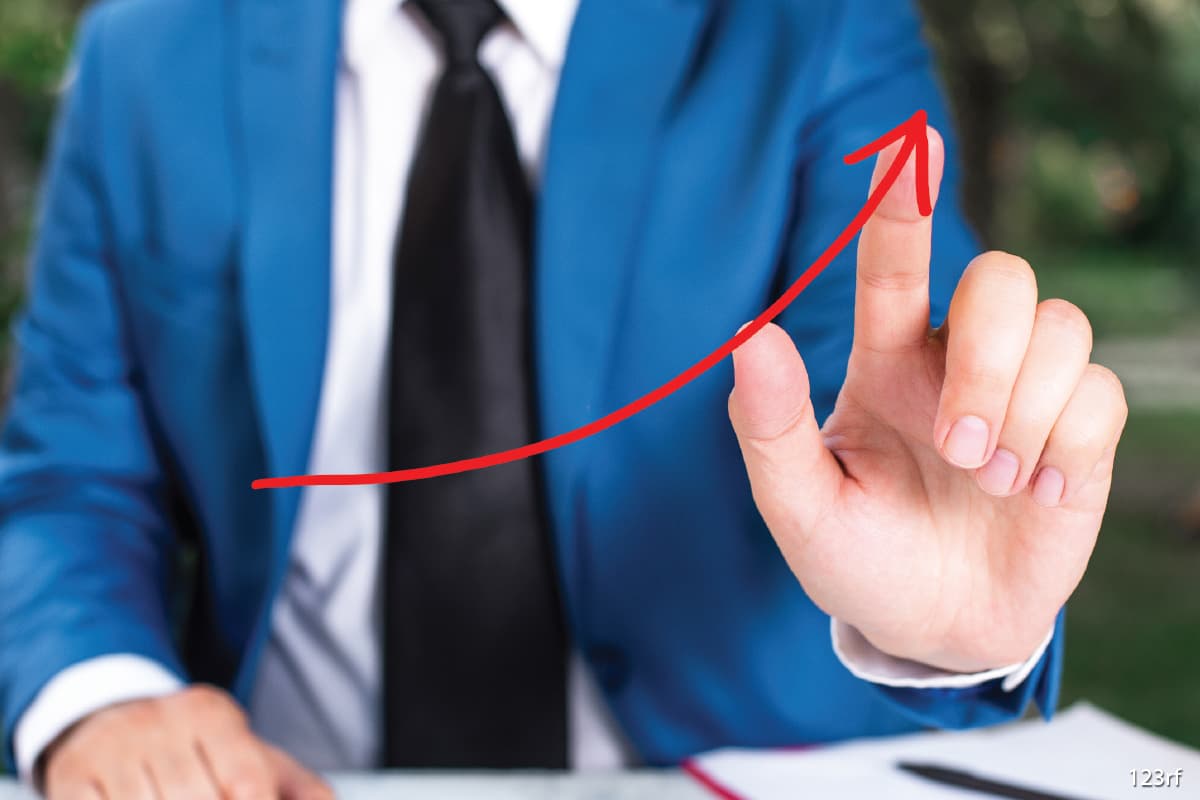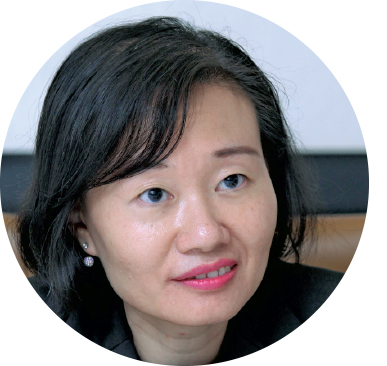
This article first appeared in Wealth, The Edge Malaysia Weekly on March 29, 2021 - April 4, 2021
The 10-year US Treasury bond yield is expected to climb higher in the coming months, forming the backdrop for a challenging year for the bond market. Equities, on the other hand, would provide investors with better returns than fixed income, say some market players.
Ng Lee Peng, head of fixed income at Opus Asset Management Sdn Bhd, expects the 10-year US Treasury bond yield to rise further on the back of the vaccine rollout, a reopening of the US economy and the US$1.9 trillion fiscal stimuli. The country is expected to post strong GDP growth this year, giving rise to expectations of a higher inflation rate.
Just like the 10-year Malaysian Government Securities (MGS) yield, the 10-year US Treasury yield could rise above its pre-pandemic level of about 1.9% from 1.67% at the time of writing (March 18). This means bond prices, which move inversely against bond yields, could dip further, says Ng.
“Yields of long-term Malaysian government bonds, those of 10 years and above, had risen by 40 to 50 basis points since the beginning of last year before the pandemic happened. If we draw a comparison between the 10-year US Treasury and MGS, it seems that our bond market has moved ahead. And the 10-year US Treasury yield still has room to move up.”
As at March 18, the 10-year US Treasury yield had risen to 1.67% from 0.52% in August last year. The 10-year MGS yield had crept up to 3.46% from about 2.5% during the same period, nearing its all-time-high of 3.59% in 2020. Such a sharp increase in yields have resulted in the underperformance of several local bond funds.
“Bond funds had recorded good returns in the last two to three years when investors were cautious about the global economic growth. But this year is very challenging for bond fund managers,” says Ng.
Fund managers are also expected to face redemptions from investors as the performance of bond funds has taken a hit in the past few months.
“Investors have the impression that bond funds are doing badly now. Funds with insufficient liquidity to meet redemption requirements will face challenges. They would have to sell their illiquid papers at a low price. Or they would have to sell their liquid papers and leave their portfolios with more toxic, illiquid bonds. The latter is not likely to happen in Malaysia, but it has happened globally,” says Ng.
Daniel Brown, head of fixed income at CGS-CIMB Securities Sdn Bhd, agrees. He says MGS in general would have generated returns of about 7% last year. But more than half of the gain had been wiped out as at March this year.
He adds that some industry players are projecting the 10-year US Treasury yield to hit 2% this year, which would translate into another 5% to 10% drop in bond prices. “This year is a challenging one for the bond market. It is a good year to put your bond fund manager to the test.”
Sani Hamid, director of economics and market strategy at independent financial advisory firm Financial Alliance Pte Ltd, says equities are expected to outperform bonds this year from an asset class perspective. He adds that the fast increase in the 10-year US Treasury yield reflects the positive market sentiment towards a strong economic recovery moving forward.
“A higher-than-expected inflation rate plays a role, but it is not the main driver of the rise in bond yields. Markets expect inflation to rise, but it is more probably a one-off spike if it does happen. They are not worrying about a consistently high inflation rate that would lead to the economy overheating,” says Sani.
“The key reason is strong expectations of an economic recovery, where pent-up demand is coming due to supply disruptions during the pandemic period. It is a reflation theme and the massive amount of liquidity pumped into the economic system by central banks since last year. Combined, it is hard for investors to be bearish this year.”
However, investors should remain cautious in the equity market. “It is hard for prices to come down at this point. But it does not mean the equity market is not overpriced,” he says.
Clement Chew, CEO of Apex Investment Services Bhd, is overweight on equities compared with bonds. While equity markets globally have not been spared by the rise in bond yields, they have rebounded quickly and are expected to climb this year.
Chew says historical data also show that the S&P 500 tends to rise with bond yields when the global economy emerges out of a recession. “There have been four major recessions since 1990. The 10-year US Treasury yield went up each time the global economy came out of a recession.
“However, the S&P 500 and its valuation typically also went up. It makes sense as companies’ earnings do well when the global economy recovers and is growing. We are now experiencing the same pattern as in the past.”
He adds that some market players compare the current rise in the 10-year US Treasury yield to the taper tantrum event in 2013. The US Federal Reserve had announced that it would reduce the pace of its purchases of Treasury bonds that year, and the 10-year bond yield rose to 2.9% from 1.6% within six months. However, the S&P 500 trended up subsequently.
“The underlying crux of the argument is whether there will be economic recovery and earnings acceleration. If yes, the likelihood is that markets will move up to cope with the positive news,” says Chew.
He is not too worried about major central banks tightening their monetary policies over the next two years, which means equity markets are expected to be well supported by ample market liquidity. “Their balance sheets are not expected to shrink and market liquidity won’t be withdrawn. The likelihood of the Fed raising interest rates seems more likely to happen at end-2023 or even in 2024, based on what it said on March 18. They want to see sustained inflation before hiking interest rates, which we do not see yet,” he says.
Save by subscribing to us for your print and/or digital copy.
P/S: The Edge is also available on Apple's AppStore and Androids' Google Play.



